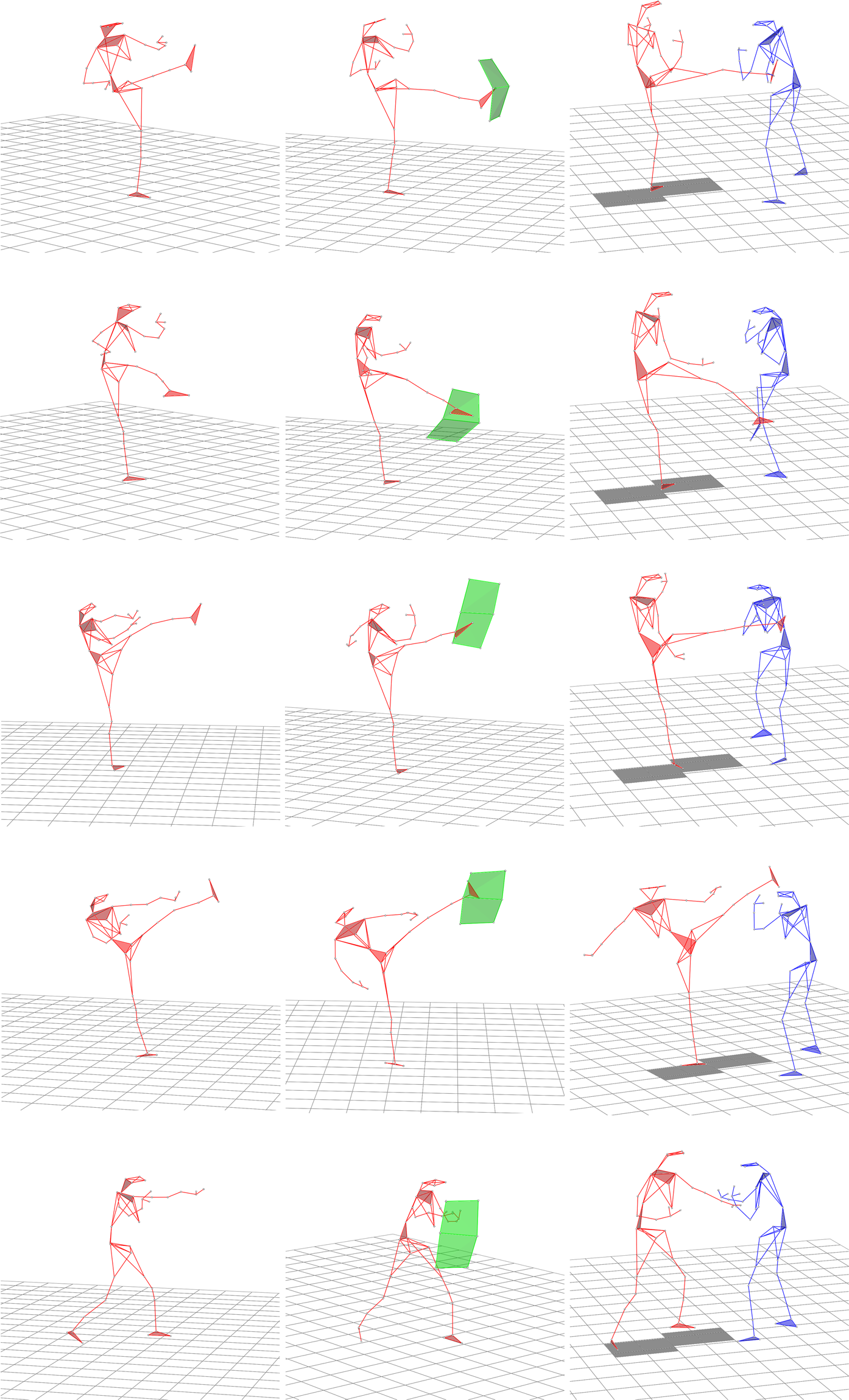

You’ll find coverage of the actual artifacts-the material culture related to weaponry and training methods.

These three volumes dive deep into the history and culture of Okinawan martial arts. The variety of topics shown in the table of contents indicate the depth and breath in the chapters, along with the authors who are well-known for their meticulous research and practical skills in specific arts. Hundreds of pages and photographs present the richness of Okinawan martial traditions, from the original combatives to those influenced by Chinese and mainland Japanese martial art styles. These volumes assemble a wealth of material originally published during the two decades when the Journal of Asian Martial Arts was in print. If you’re interested in both, this first of a three-volume anthology is assembled for your convenience to facilitate your endeavors. For a practitioner, it would be to gain expertise in the combative skills.

What would you like to obtain from your research and practice of an Okinawan martial art? For an academic, it would be to obtain historical and cultural facts and details. If you fought somebody and you didn't have the decency to shake his . In the process of discussing these components, Virgil also elaborates on magical principles explained in his previous books, offers helpful advice for common problems magicians will encounter during their training, and elucidates one of the most misunderstood exercises of Bardon’s training system.Īnd this is the way Kyokushin in Britain developed, but never, ever did I break away from the traditions: the basics, the katas, and the strict discipline of fighting. Completion of these components is what distinguishes people who are magicians from people who merely possess magical skills and abilities. In this book, Virgil discusses some key components of magical training that are hinted at but not expounded upon in the text of Bardon’s books. For this reason, they often spend years stuck on the system’s basic exercises. Unfortunately, many students of the system seek only to become people with magical skills and abilities rather than genuine magicians. The magical training system developed by the Czech adept Franz Bardon and contained in his three books – Initiation into Hermetics, The Practice of Magical Evocation, and The Key to the True Quabbalah – is designed to turn students into magicians. As a result, there are few magical training systems designed to turn students into magicians, and many magical training systems designed to turn students into people with magical skills and abilities. To learn to perform soto uke the way it is done in Kyokushin, the Shotokan karateka needs to forget what he knows about soto uke and enter shoshin while his Kyokushin sensei is teaching him the Kyokushin way of performing the block.įor decades, members of the esoteric community have considered anyone with magical skills and abilities to be a magician.


 0 kommentar(er)
0 kommentar(er)
